Burma vs. Kachin State
1971 - ongoing by 2011
Core issue: Kachin people striving for more autonomy within Burma
Type of conflict ending: Conflict ongoing by 2011
Amidst the fighting for independence against the British, General Aung San and representatives of the Shan, Kachin and Shin communities signed the Panglong Agreement in 1947. The document envisioned a federal union between the aforementioned ethnic communities and Burma Proper. In the spirit of that agreement, equality for all ethnic groups, the right to self-determination and the right to secede from the union were guaranteed to the Burmese states in the constitution of 1947.
Following Aung San's assassination, however, the central government began reneging on the promises of granting ethnic groups greater autonomy. The successive governments continued to pursue the preservation of the Union of Burma but did so by adopting increasingly centralized policies. The introduction of cultural and religious "harmonization" programs, in effect, imposed the values of the dominant ethnic group, the Bamar, on the rest of the ethnic populations. Several ethnic conflicts broke out as a result.
In the early 1960s, the government started a process of nationalization of Burmese schools. In Kachin State, the Kachin language and history classes in schools and universities were replaced with Burmese lessons. Without asking for consent from the Kachin, President Ne Win signed a Boundary Agreement with Zhou Enlai in 1960, effectively handing over Burmese lands adjacent to the border to the Chinese. This territorial divide not only split the Kachin people between two nations, it also disrupted many of the traditional agricultural and trading practices that had long been part of the Kachin culture. Then, in 1961, Buddhism was declared the state religion, thus antagonizing the Christian majority of ethnic Kachin who believed the government was seizing Church assets. The Kachin were dissatisfied with the central government's actions. From the perspective of the ethnic Kachin, the government was acting against their interests and infringing upon their rights to political autonomy. This led a group of Kachin nationalists to form the Kachin Independence Arm (KIA) and rebel against the central government.
During the conflict, the KIO underwent significant fragmentation due to personal rivalries, ideological differences and intra-ethnic tensions, which are said to have been fostered by the government. Several splinter groups of the KIO concluded ceasefire agreements with the Burmese army: The New Democratic Army-Kachin (NDA-K) did so in 1989 and the Kachin Defense Army (KDA) in 1991. KIO itself entered ceasefire negotiations at multiple points in time, namely in 1963, 1972, 1980, 1981, 1992 and 1993. The first phase of violent escalation ended in 1994, when a ceasefire agreement between the Burmese army and the KIO took effect.
The ceasefire stopped the direct conflict and was relatively successful at maintaining peace for over a decade. The agreement allowed the KIO to control sections of land that had previously been under their control, while other territory was under combined control between the KIO and the state government. However, a constitutional change adopted in 2008 by the government of Myanmar caused a resurgence in violence. The change was aimed at integrating all armed groups into the central military command, which would have changed the KIO from an independent army into a border guard force. This motivated the KIO to renew recruiting and to prepare for war with the central authorities. The tensions were again increased in 2010, when election rules were formulated in such a way as not to allow the possibility of pro-KIO candidates. The conflict was ongoing as of 2011.
Sources
Brenner, D., 2017. "Authority in rebel groups: Identity, recognition and the struggle over legitimacy", Contemporary Politics, 23 (4), 408-426.
Dean, K., 2005. "Spaces and territorialities on the Sino-Burmese boundary: China, Burma and the Kachin", Political Geography, 24 (7), 808-830.
Jaquet, C., 2015. The Kachin Conflict: Testing the Limits of the Political Transition in Myanmar. Institut de recherche sur l'Asie du Sud-Est contemporaine.
Shepard Wong, M., 2017. "Linguistic, religious, and ethnic identities as pathways to peace: Views from eight Lisu, Karen, Kachin, and Chin seminary teachers in Myanmar", Asian Englishes, 19 (3), 211-227.
Woods, K., 2011. "Ceasefire capitalism: Military-private partnerships, resource concessions and military-state building in the Burma-China borderlands", Journal of Peasant Studies, 38 (4), 747-770.
